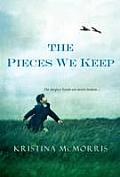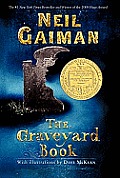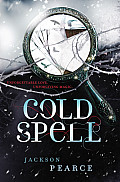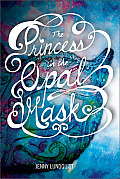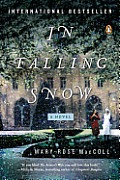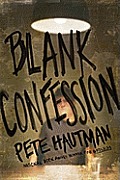 Teenager Shayne Blank walks into the local police station with a confession: he has killed someone. Detective Rawls is skeptical, but agrees to take his statement. The story unfolds through chapters that tell what Rawls hears, and others told by Mikey, Shayne’s friend and frequent target of school bully and drug dealer Jon Brande.
Teenager Shayne Blank walks into the local police station with a confession: he has killed someone. Detective Rawls is skeptical, but agrees to take his statement. The story unfolds through chapters that tell what Rawls hears, and others told by Mikey, Shayne’s friend and frequent target of school bully and drug dealer Jon Brande.
When Shayne and Mikey first meet Shayne is new to school, and his story about his background keeps changing. One day his parents have both died and he lives with an aunt, another his parents are both part of high-security intelligence teams and Shayne stays safe by living away from them. Despite his shifting story Mikey likes him, and Shayne acts as his protector, one who can hold his own in a fight. But Jon doesn’t like being taken down a notch, and he doesn’t plan to play fair when getting back at Shayne.
Pete Hautman has a way of asking readers to look at uncomfortable issues brought to light by flawed characters, and in Blank Confession, he takes on the issue of violence and drug use among teens. Adults don’t know how to uncover the truth of the problem, or influence it significantly, so they often stand helplessly by as the dramas play out and teens figure things out for themselves.
The mystery in Blank Confession unfolds in two ways: the story of Shayne’s unknown background and the story that leads up to his confession. Mikey as a narrator is funny and upfront about the insecurities he feels because he is short and is often mistaken for a Mexican, though he is of Haitian descent. Having Detective Rawls as a filter for Shayne’s story also lets readers see some of the background that took place years before Shayne and Mikey’s story started to play out. It’s a fascinating blend that Hautman weaves together expertly to keep readers entranced and guessing until the end. I recommend it for readers aged 14 and up.

